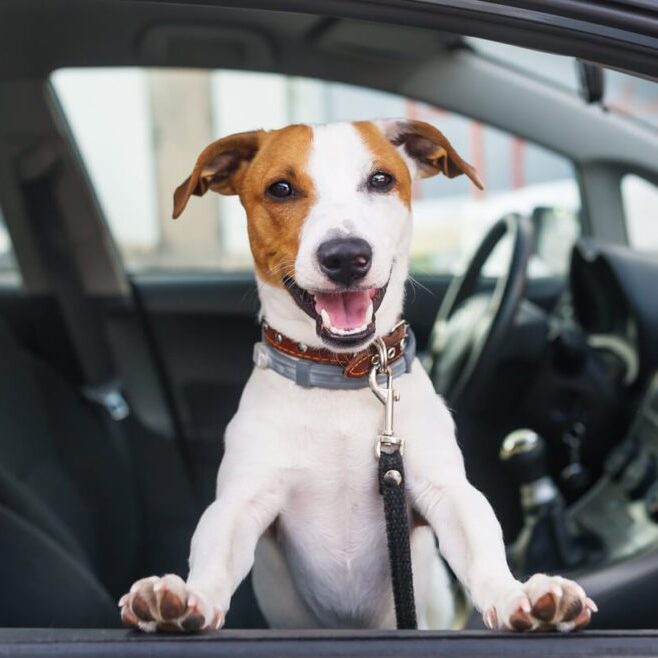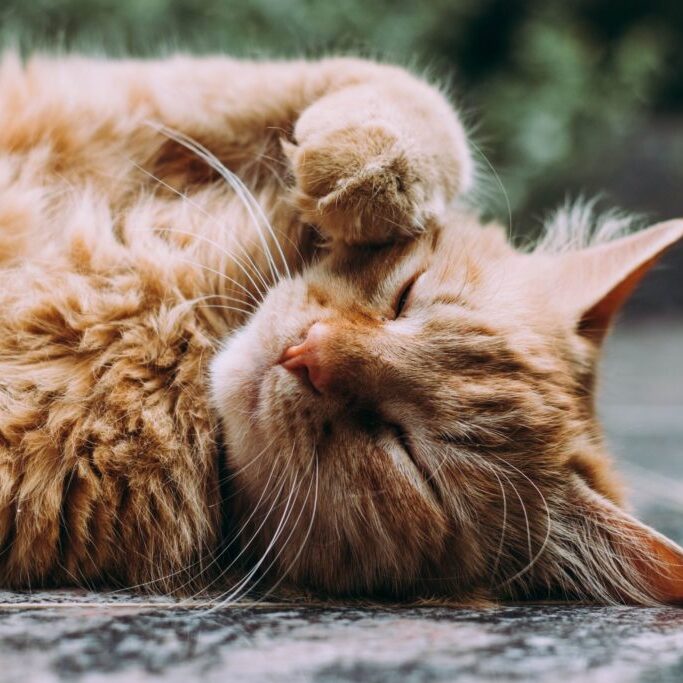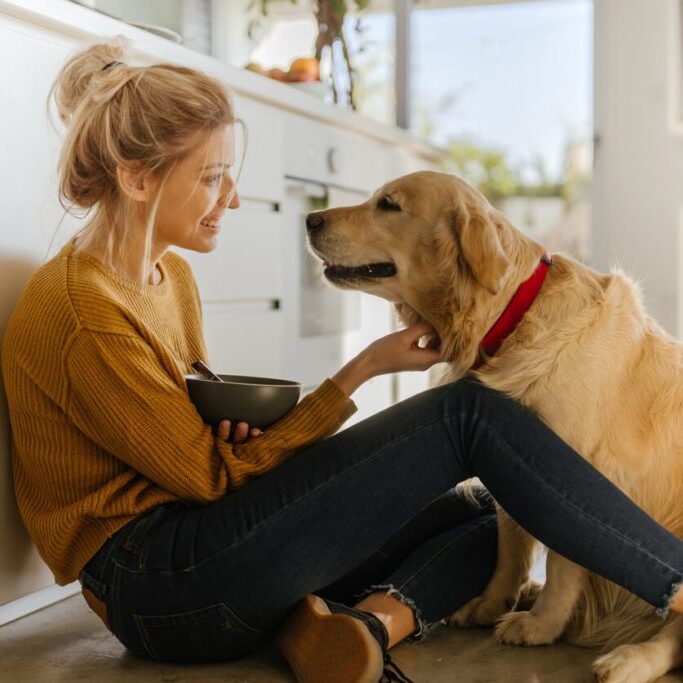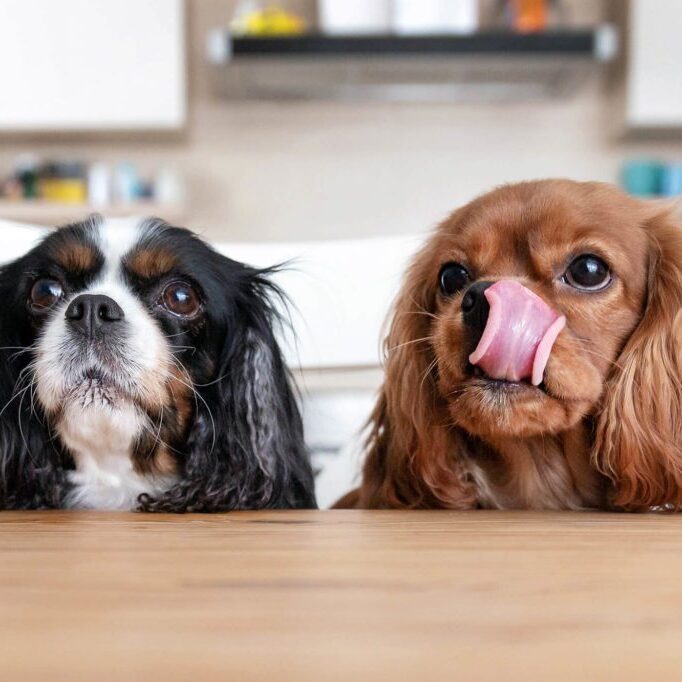Pets 101
Protecting Our Pets from Household Toxins

What everyday things in our households can be dangerous for our pets? The Street Vet, Dr. Kwane Stewart, joins our host Dr. Natalie Marks to talk about all of the things we want to make sure our pets aren’t getting at in our homes.
Dr. Kwane Stewart:
When we talk about like the whole umbrella of toxicities in the house, there’s a lot of stuff, right? There’s the food and the meds and creams. Let’s just start with the pill bottles and the meds, right? The over-the-counter meds. Common sense can dictate a lot of this, but we need to keep the caps on those, they’re childproof for a reason. They should stay that way, but we need to keep them out of reach because dogs and cats can chew right through things that they’re interested in. And some things are not only toxic, but they are fatal. They are lethal. Tylenol, for example, to a cat is, is lethal. And I’ve seen, my fair share of cats come in for an emergency. And it’s hard to watch and the decline is fast and in a lot of cases, there’s very little I can do.
Dr. Natalie Marks:
The thing we have to remember, even though dogs and cats sometimes do take medications that were originally developed for humans, the way of processing drugs is still quite different in many respects to how humans do. Even something like you mentioned that may not seem necessarily toxic in nature. Let’s take aspirin for example, sometimes we do use aspirin for dogs and cats. It’s sometimes the amount that comes in and it’s the timing. We are not always there when that happens. And sometimes it’s really beyond a processing place. So, you know, if we don’t catch things till the next day, the damage has already been done. And like you said, sometimes no matter how hard we tried, if we have unlimited funding and unlimited resources in our hospital, we still can’t do a lot for those pets.
Dr. Kwane Stewart:
I just made this thing up. I shared it one morning on a, on a morning show in LA years and years ago. And I remember the host started laughing, so that’s great. Because honestly there are a lot of toxic foods that just, fall on the floor. Thanksgiving and all the ingredients floating around. So it can be hard to remember. And sometimes even as veterinarians, when we’re trying to run down the list with our clients, it’s, you know, I may miss one. So I came up with this and it’s silly. You can laugh. That’s fine, but you’ll remember it. It’s MOM GANG X. Each letter represents a toxic food.
So M stands for macadamia nuts. The O is for onions. And then the last M in MOM is mushrooms. And then moving on to GANG, G is for grapes and raisins, the A is for, avocado. It’s more for the pit than the flesh. But we still want our pets in general to avoid that. The N in gang is nutmeg. And then the last G is garlic. And then, off at the end, the X stands for Xylitol. And that’s typically found in sugarless gum and some candy. So on Halloween, Xylitol is a big threat.
Dr. Natalie Marks:
If you actually know how much chocolate your dog ate, you know, you were baking and you have the bag and you know, exactly what’s put in, we can calculate pretty specifically, what level of toxicity that patient’s in, but if your great Dane who’s 240 pounds eats one tiny little chocolate chip, the chances of that having some kind of toxic effect is incredibly slim. However, if your Yorkie got into your, all of that, you were baking and ate a pan of brownies, we have a big concern there. And again, time is of the essence for sure, because we don’t want that dog to let it go through the GI system, get absorbed, and then we’re having to kind of work backwards to help that patient get through that toxicity.
Did you find this helpful? Share it!
Recent Posts
About VetScoop
Pets make our lives better. At VetScoop, we’re on a mission to return the favor by giving you access to trustworthy, science-based information so you can provide the best possible care for your pets.
Related Posts We Think You'd Like





